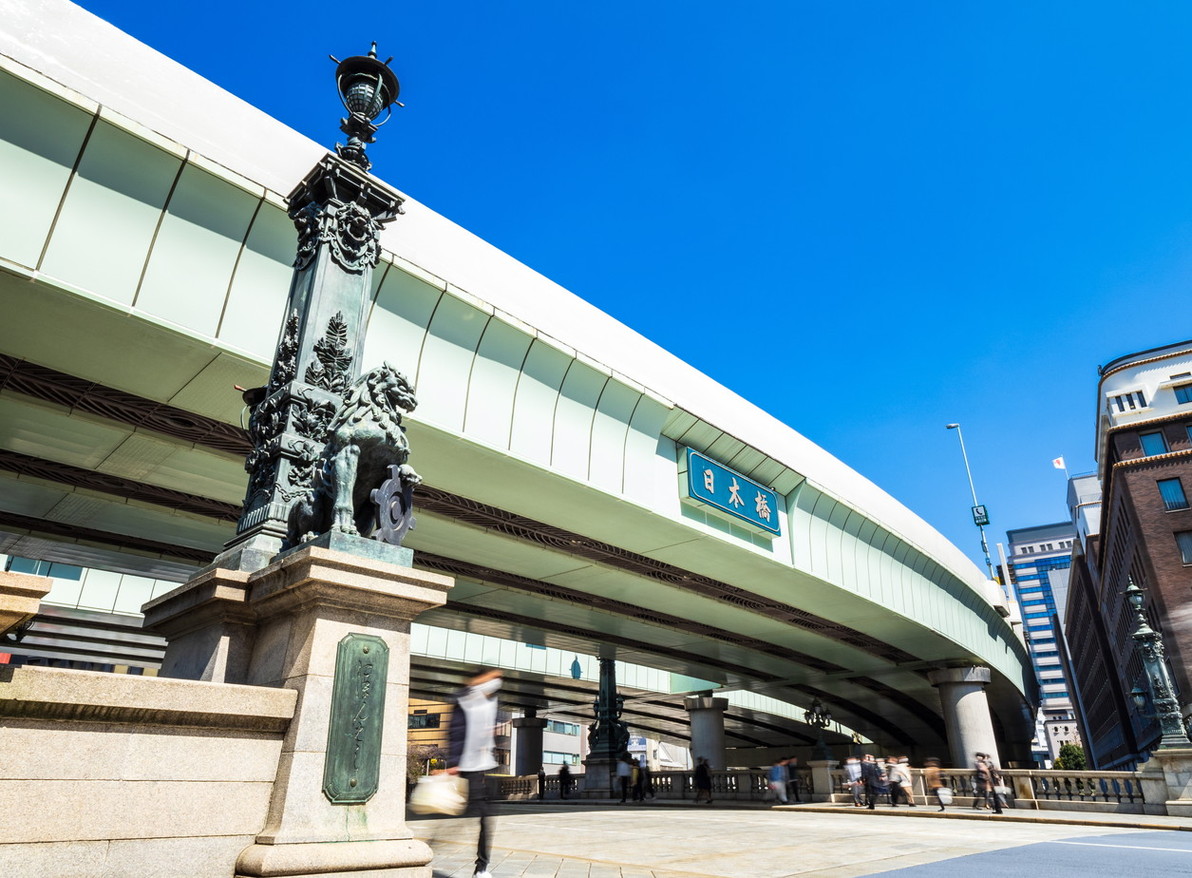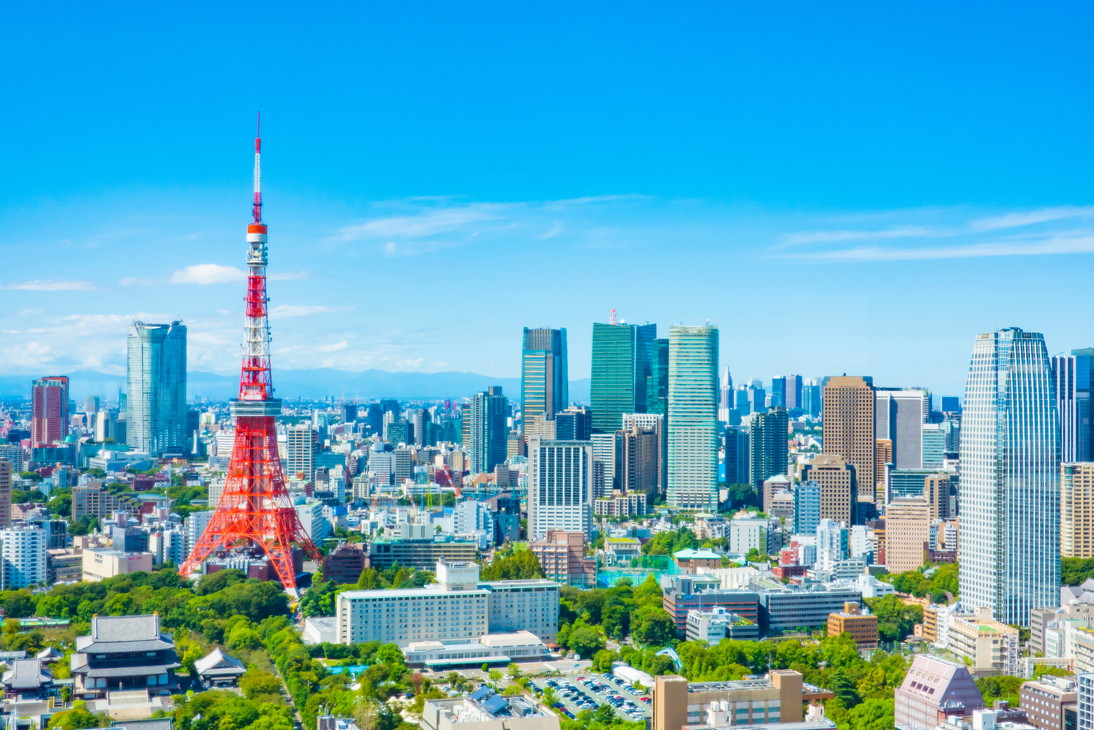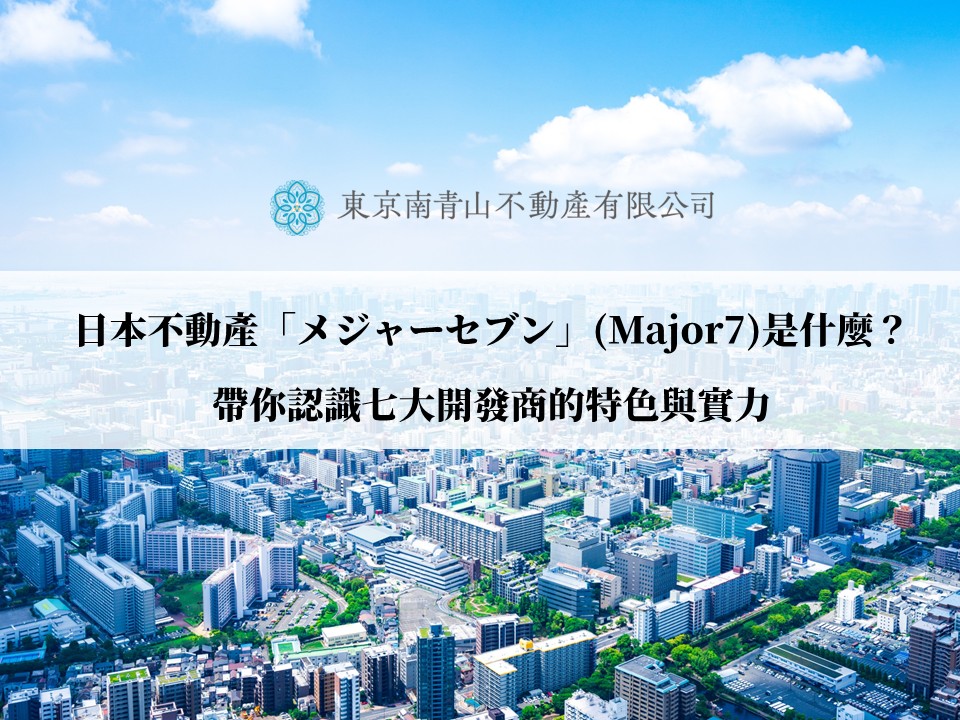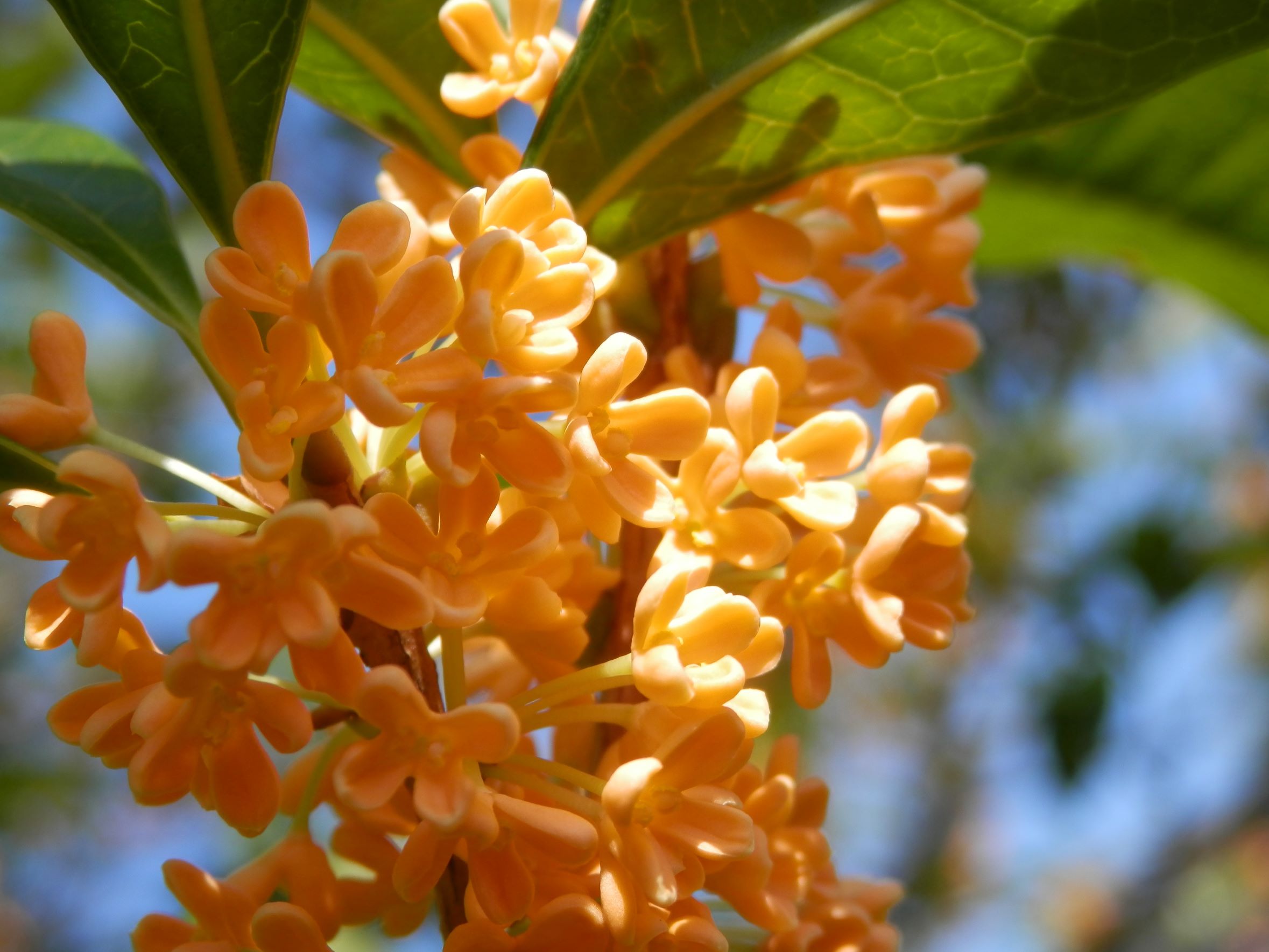Chuo (Central) Ward, as its name suggests, is in the centre of Tokyo's central 23 wards.
The name is derived not only from its location, but also from its development as a commercial and economic centre since the start of the Edo shogunate.
Formed in 1947 through the merger of the then Nihonbashi and Kyobashi wards, Chuo Ward is also famous as the first area in Japan to use the name 'Chuo' in its place name.
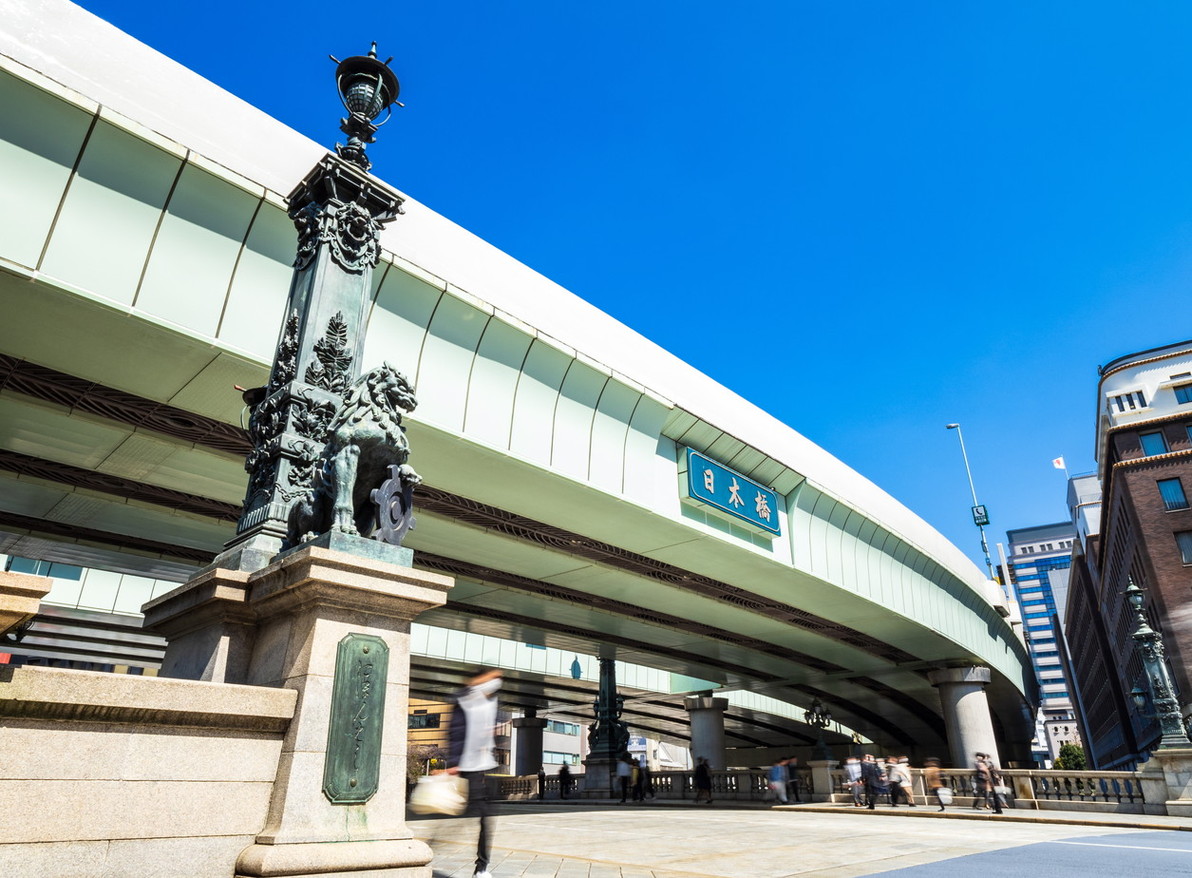
The Land of Economy, Commerce and Culture
Since the Edo period, Chuo Ward has flourished as a centre of economy, commerce, and culture.
Not only were there large residences of feudal lords as the seat of the Edo Shogunate, but the area also became the starting point of the Five Routes of Japan with the construction of the Nihonbashi Bridge and was a busy centre of transport and logistics. Mitsui Echigoya, a traditional Japanese dress (Kimono) shop in this area, was the predecessor of the Nihonbashi Mitsukoshi department stores', which later became the first department stores in Japan.
As commerce flourished, currency exchange merchants also began to gather in the area, and the coin making Kinza and the silver coin making Ginza were also located in this central district. As a result, the Nihonbashi Kabuto area, now known as 'Japan's Wall Street', became the headquarters of numerous financial institutions and securities companies, including the establishment of the First National Bank (now Mizuho Bank) by Eiichi Shibusawa.
In addition, Chuo Ward was a bearer of the Kasei culture, which developed mainly among the common people of Edo, in contrast to the Genroku culture, which was centred on merchants from the Kamigata (Osaka and Kyoto) area. Various aspects of Japanese culture that have been handed down to the present day, such as ukiyo-e prints, comic books, willow trees and kabuki, were developed in this area.
Episodic Place Names
While Chuo Ward was the first place in the country to use the name 'Chuo', it is also characterised by several other episodic place names.
Ginza
The name of Tokyo's leading shopping district, Ginza, originates from the silver coin mint where it was located; it is said that the relocation of Ginza, which had previously been located in Sunpu (present day Shizuoka Prefecture), in 1612 led to the area being called "Ginza".
Nihonbashi Kabuto (Nihonbashi helmet)
Nihonbashi Kabuto originates from a shrine called Kabuto Shrine.
There are several legends about the Kabuto Rock at Kabuto Shrine, including that the helmet of Taira no Masakado is buried there, and that Minamoto no Yoshie prayed for victory by hanging his helmet on the rock during his conquest of part of the Oshu region.
Tsukiji
At the time, the Edo Kaigan Gobo (now Tsukiji Honganji Temple), located near Nihonbashi Yokohama-cho, was burnt down in the Great Meireki Fire. The current Tsukiji area, which was then the sea, was chosen as the site for reconstruction. Tsukiji was named after an episode in which the monks reclaimed the sea to rebuild the temple (Tsuki), and the area was named after the soil (Ji).
Yaesu
One of the exits of Tokyo Station, Yaesu. Tokyo Station itself is located in Chiyoda Ward, but the Yaesu exit is located in Chuo Ward.
Yaesu was derived from the Japanese name Yayosu of Jan Joosten, a Dutch navigator who was given a house in the area at the time and later became a diplomatic adviser to the Tokugawa family.
Anjincho
The area now known as Nihonbashi-Takaracho was once named Anjincho. It was named after William Adams, an Englishman who became a flag bearer and was highly regarded by the Shogunate. Anjin Miura's residence was established in this area, and the street where his residence was located is still called Anjin Dori today.
The Remarkable Development of the Face of the Wangan Area
Since the Edo period until now, Chuo Ward has been in a close vicinity to Chiyoda Ward, the centre of the country, and has seen the changing times, but in recent years, the 'Wangan (Bay) Area' - Tsukishima, Tsukuda, Kachidoki and Harumi - facing Tokyo Bay, has been attracting more and more attention.
This area, highlighted by the Tokyo 2020 Olympic Games, is being revitalised through redevelopment. Within walking distance of Ginza and other city centres, the Wangan area is conveniently located, and the array of hospitality towers, condominiums and high-rise office buildings is the face of the Wangan area.
Despite this modern landscape, Tsukishima and Tsukuda are the only places in the Wangan area that straddle several wards where you can enjoy a downtown atmosphere, which is an attraction.
For example, Tsukuda, the birthplace of Tsukudani (food boiled in soy sauce and sugar), was given by Ieyasu Tokugawa to fishermen from Tsukuda village in Settsu Province (present day Osaka Prefecture). Located close to Tsukiji, with its fish wholesalers, and the fishermen’s town of Tsukuda, Tsukishima has long been loved by local residents for its lively shopping streets.
You need to see and feel it with your own eyes at least once! Historic buildings that are the pride of Chuo Ward
The Chuo Ward has been the centre of people's lives in terms of economy, commerce and culture. As a result, there are many historical buildings that strongly reflect the characteristics of the times in which they were built.
Nihonbashi
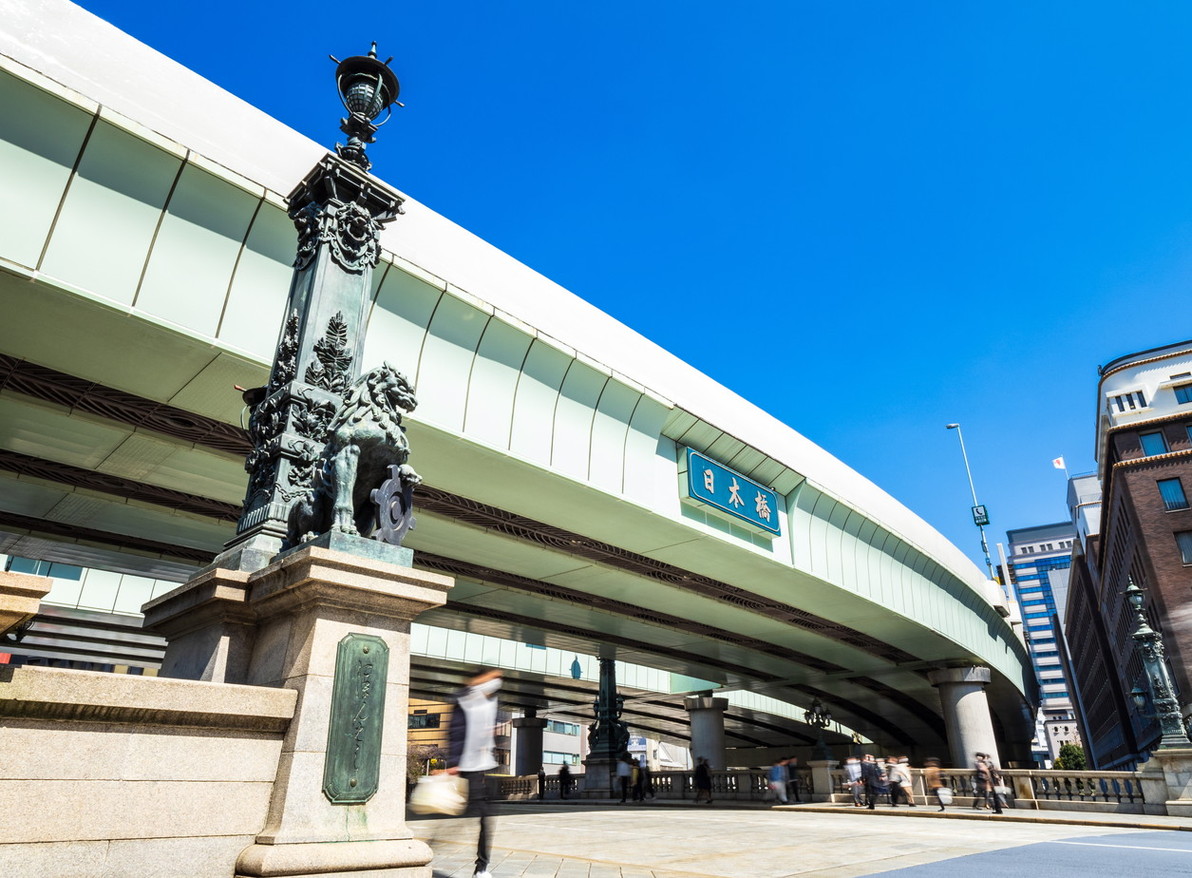
The bridge was built in 1603 as part of Tokugawa Ieyasu's nationwide road improvement project. "Fights and Fire are the Flowers of Edo", as it was said, during the Edo period when fires were common, the bridge was burnt down several times and in 1911 it was replaced by the present Western-style stone double-arch bridge. The bridge was designated a National Important Cultural Property in 1999.
Head Office of the Bank of Japan
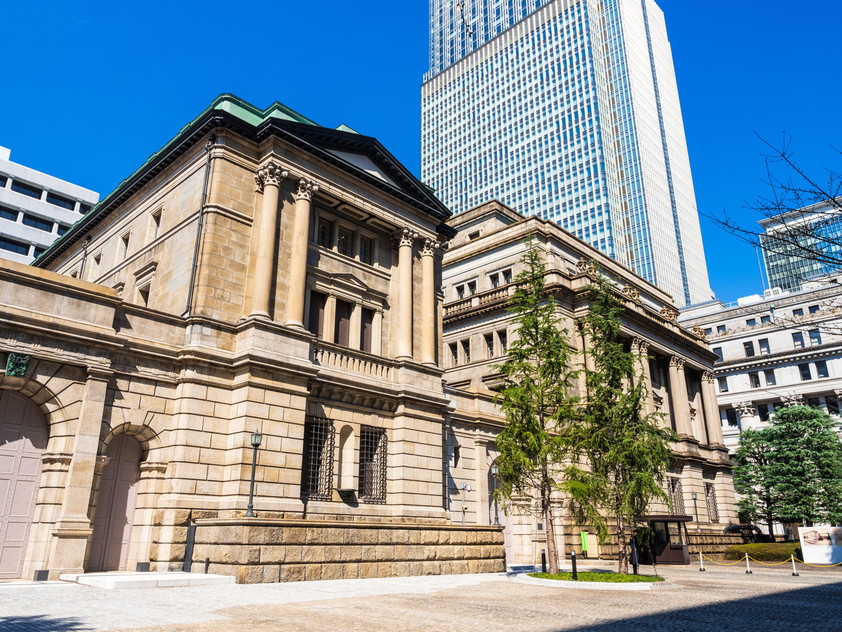
Designed by Kingo Tatsuno, who also designed the Marunouchi Station Building of Tokyo Station, and built in 1896 on the model of the National Bank of Belgium, it was designated a National Important Cultural Property in 1974. Various architectural styles are used, including Doric and Corinthian, as well as classical architecture expressing austerity. The Bank of Japan's head office is also famous for its 'circle' shape, representing the Japanese yen, when viewed from above.
Tsukiji Honganji (Temple)
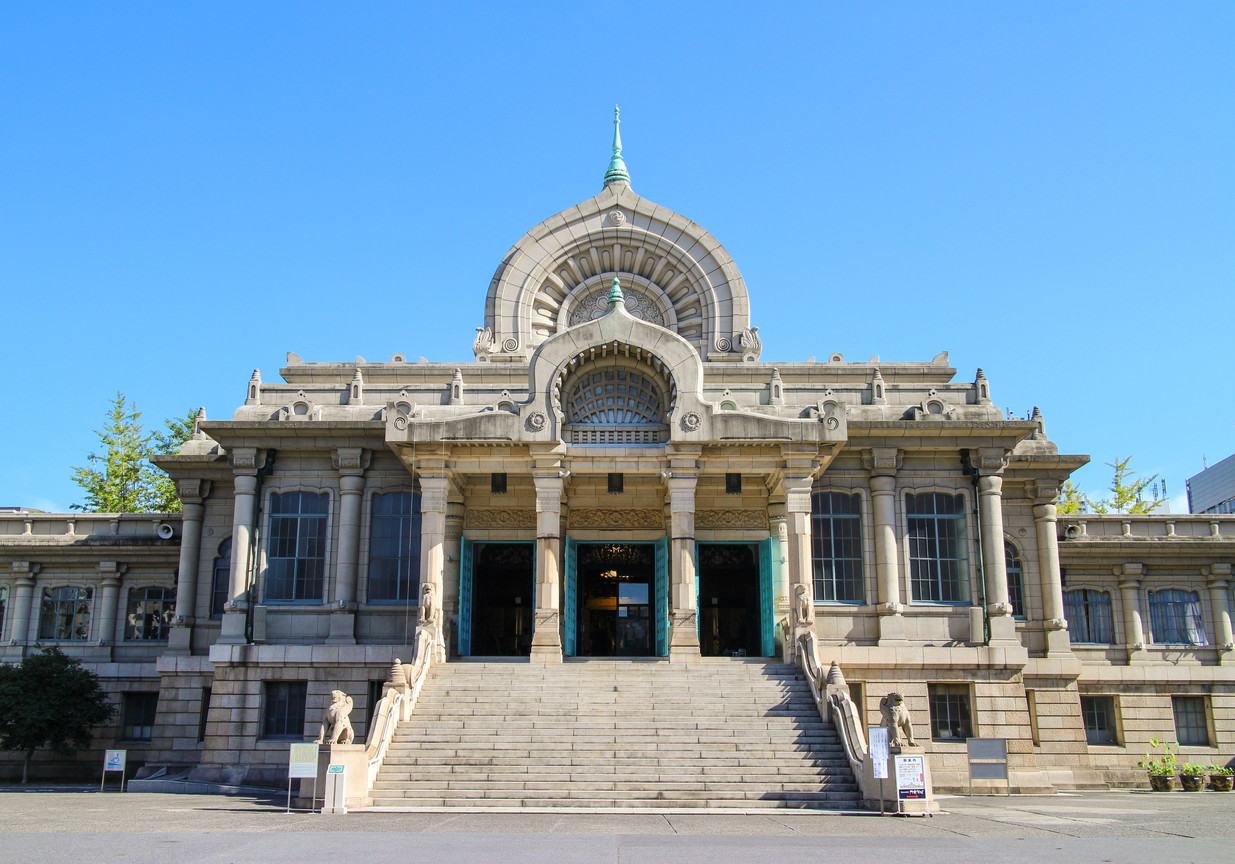
Like mentioned above, Tsukiji Honganji is also the origin of the name of the place 'Tsukiji'.
Originally built in Asakusa area, it was burnt down in the Great Meireki Fire of 1657. The temple was rebuilt at its current location in 1679 and was again lost to fire in the Great Kanto Earthquake of 1923 but was rebuilt again in 1934. It was designed by Chuta Ito, an emeritus professor at Tokyo Imperial University (now the University of Tokyo) who had travelled throughout Asia, whose designs throughout the building were modeled on ancient Buddhist architecture from India and elsewhere.
Mitsukoshi Nihonbashi Main Shop
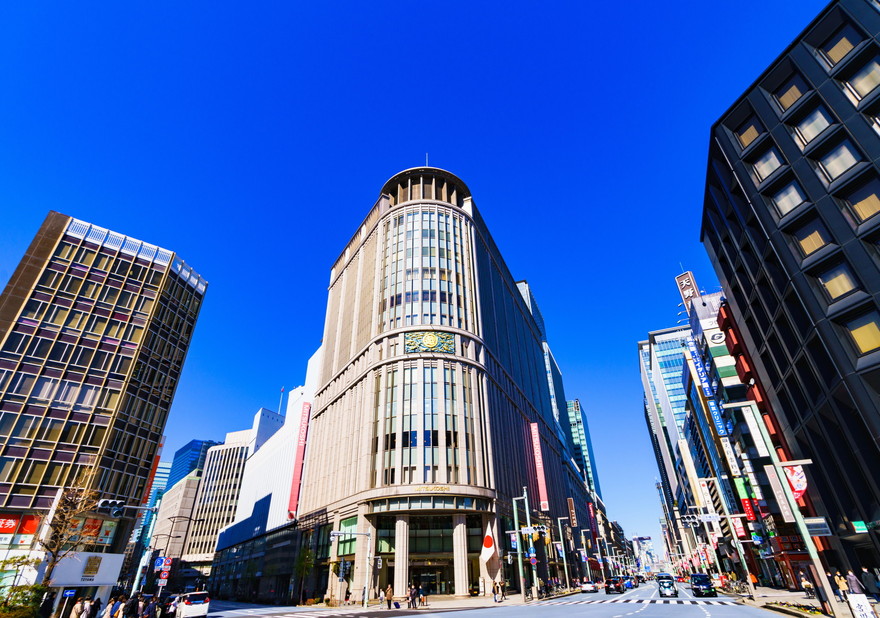
Originally owned by the Mitsui Echigo family in the Edo period, the building was constructed in 1914 by the Yokokawa Construction Company as Japan's first department stores. In 2016, the building was designated a National Important Cultural Property.
Nishinaka Street Community Safety Centre
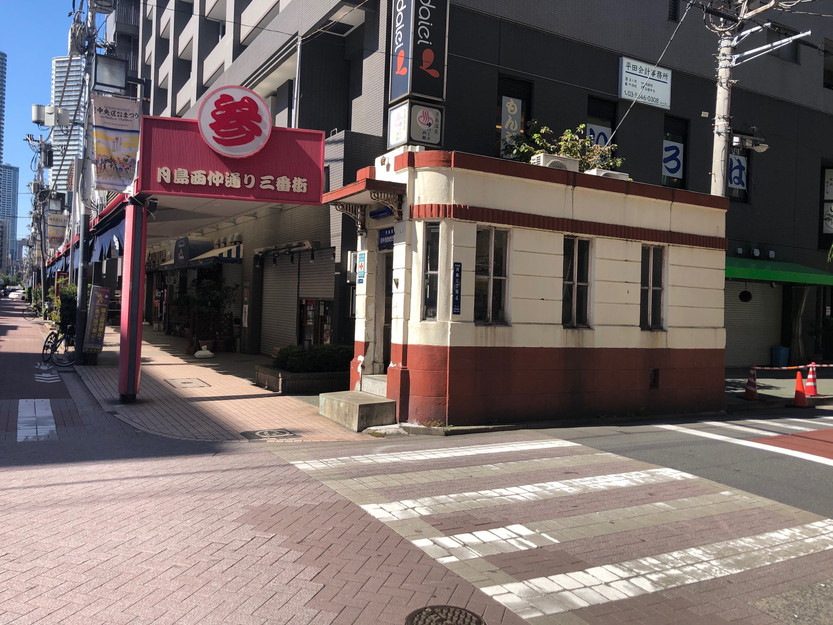
The reinforced concrete building was reconstructed in 1926 from its previous wooden structure.
Residents love it as the oldest existing police box in Japan. Today, it is not used as a police box, but as a community safety centre, providing safety activities and directions to locals.
St Luke's International Hospital (old ward)
A large comprehensive hospital founded in 1901 by the missionary physician Rudolf Teusler.
The hospital was designed by three Czech architects, including Antonin Raymond. It was built in the neo-Gothic style, inspired by the Massachusetts General Hospital in Boston, the birthplace of the founder, Rudolf Teusler. Together with its adjoining chapel, it was selected as one of the Tokyo Metropolitan Government's historical buildings.
Central to People' s Livelihoods
Chuo Ward is the economic, commercial and cultural centre of people's lives. With many facilities and buildings closely linked to daily life now and in the past, this is an area with a history of progress and the potential for further development through innovative redevelopment.


